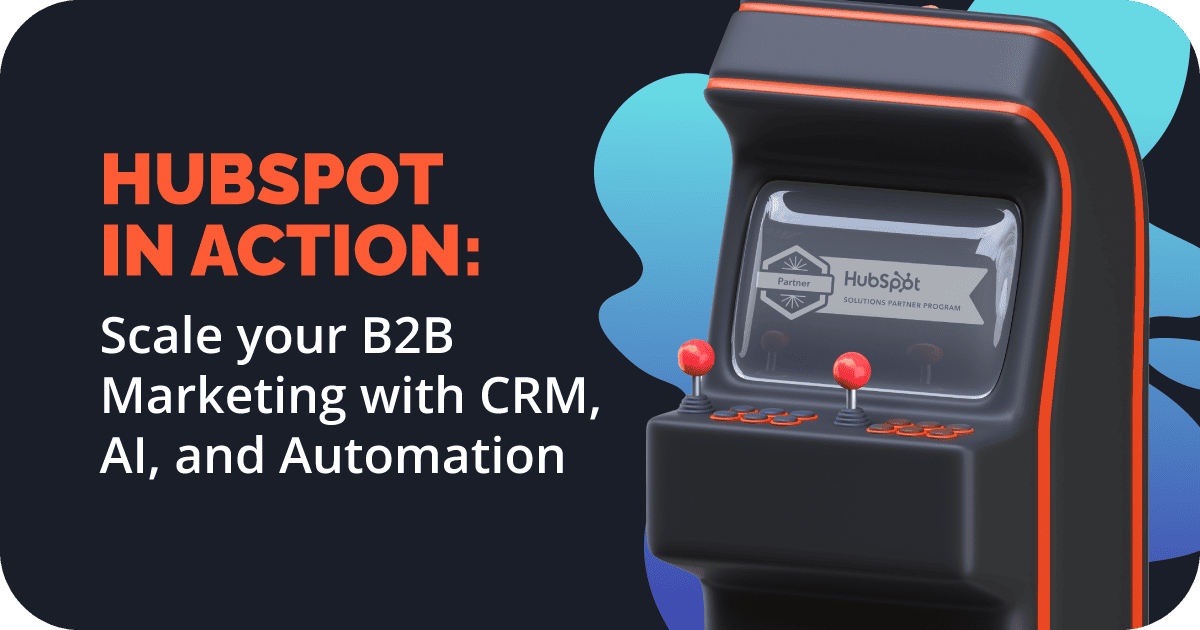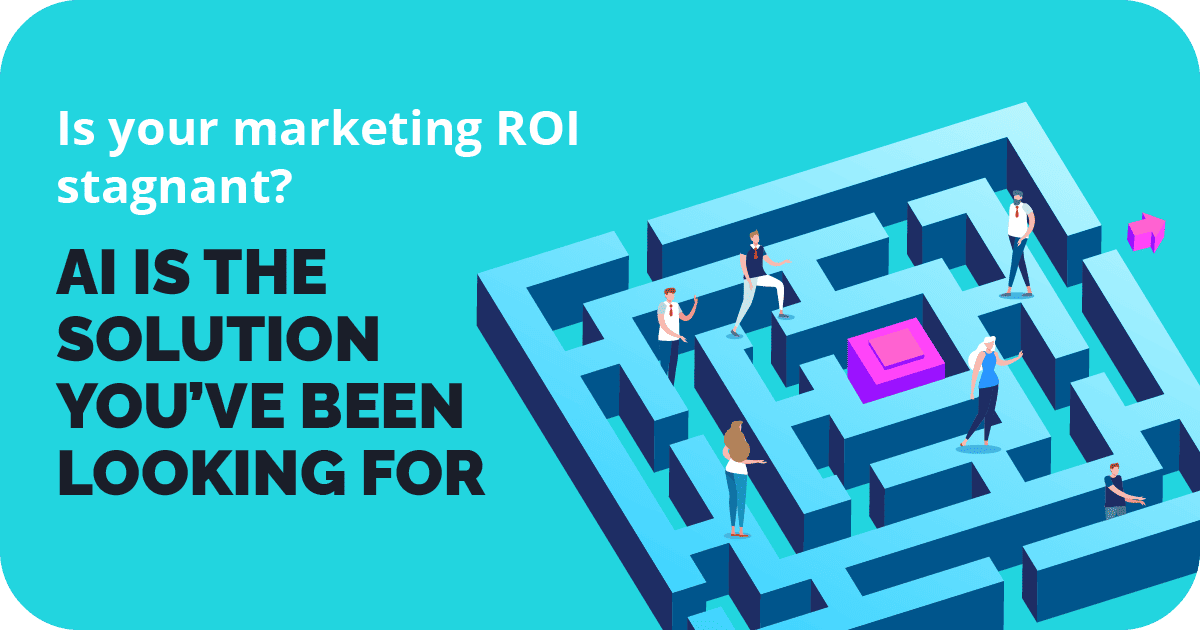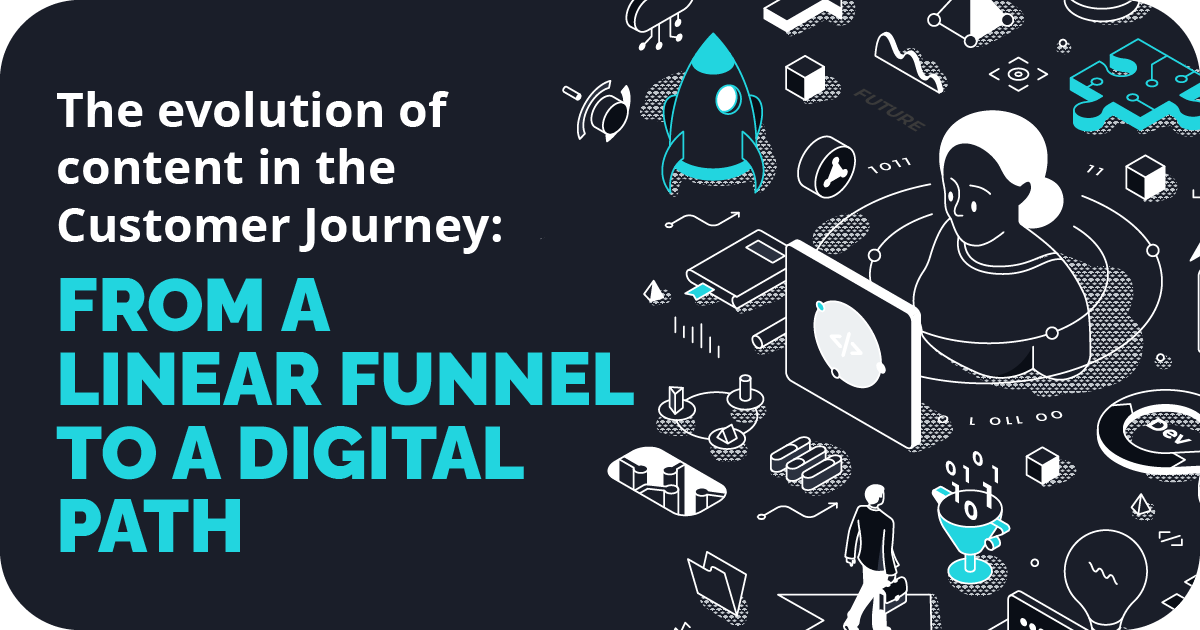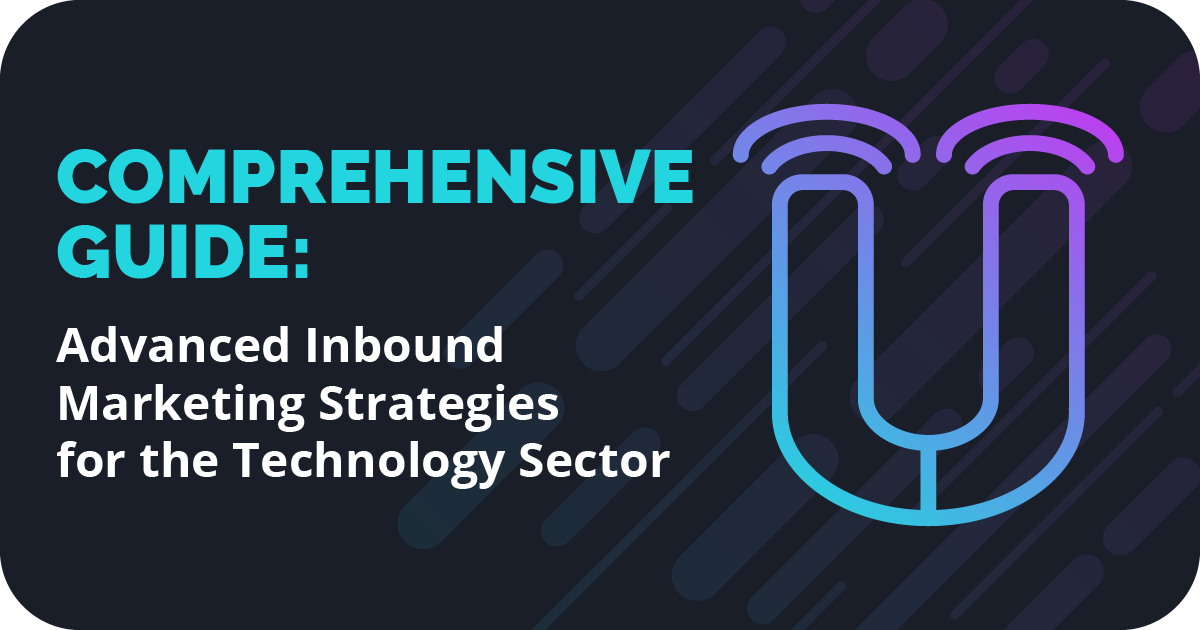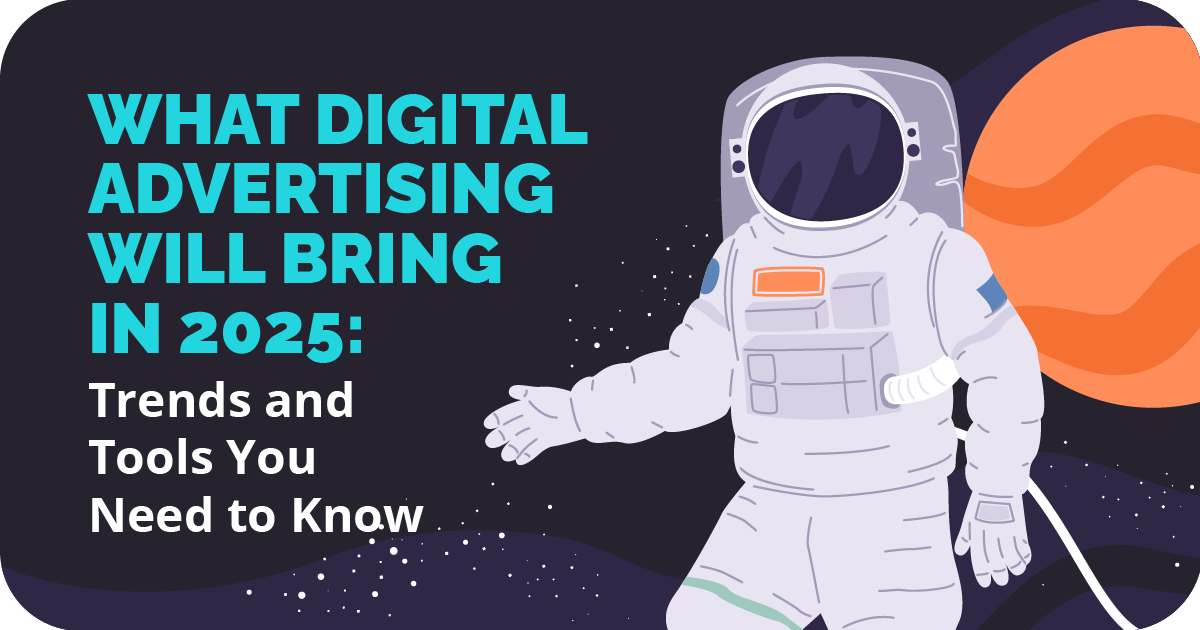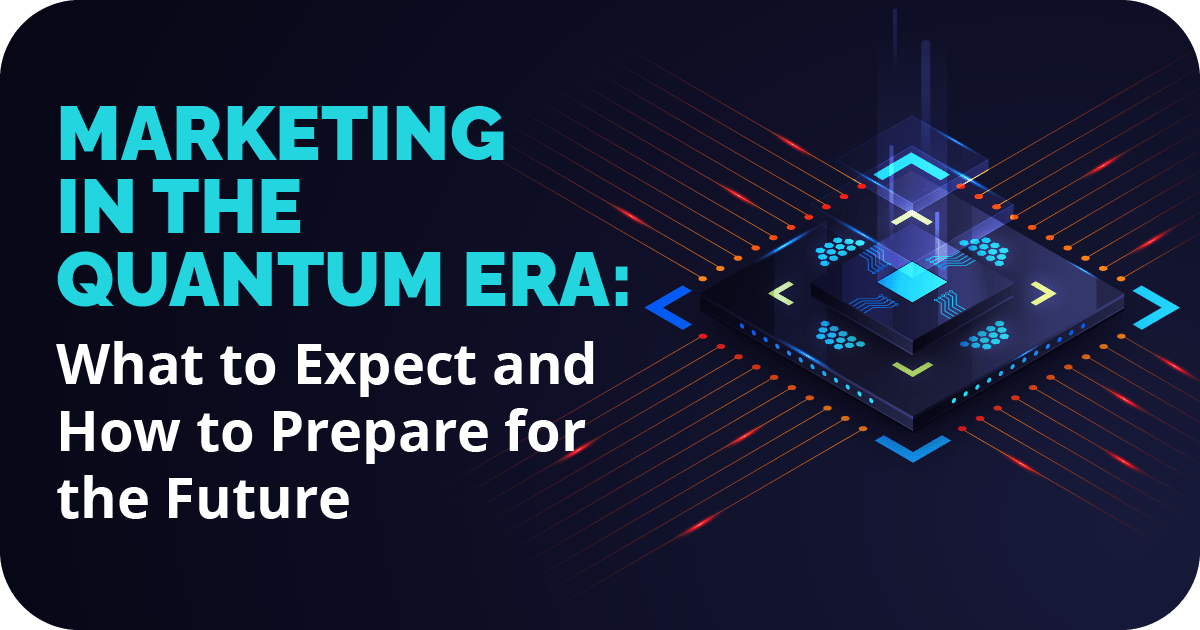-
 ISOURCE BLOG
ISOURCE BLOG
Sales Funnel for Tech Companies: How to Capture Leads and Accelerate Your B2B Sales
Share
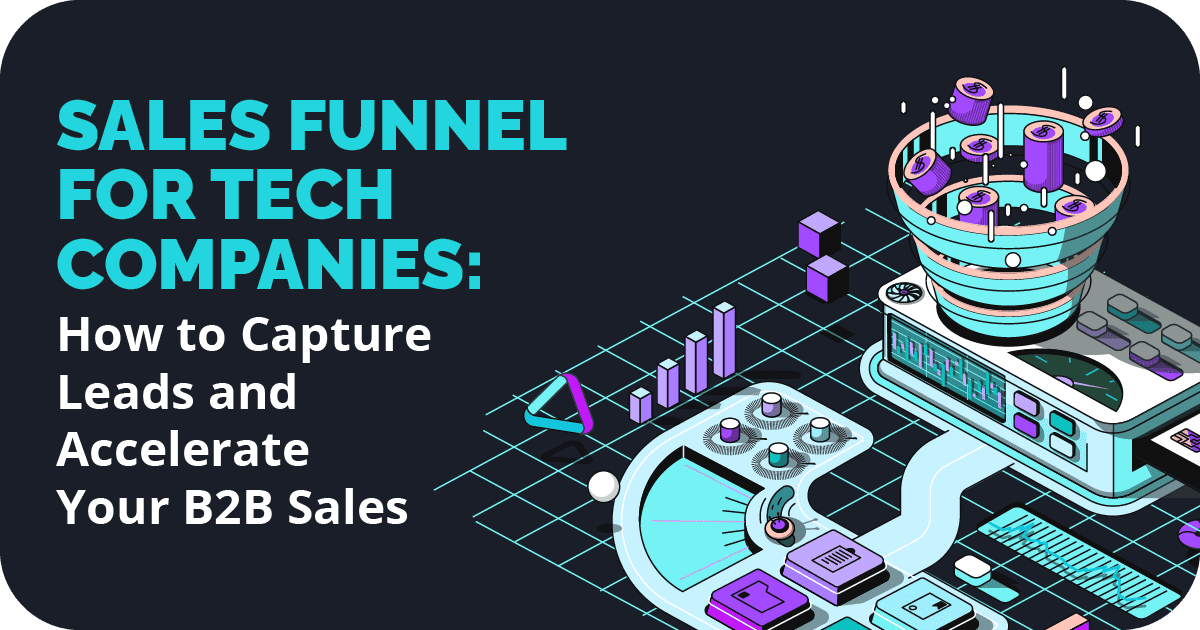
In the dynamic world of the tech sector, companies need clear and structured strategies to connect with potential clients and guide them toward making a purchase decision. An effective sales funnel not only simplifies this process but also helps lead prospects through every stage of the buyer’s journey.
In this article, we will walk you through the steps to build a successful sales funnel, optimized to capture qualified leads and drive the growth of your tech company.
The Importance of a Sales Funnel in the Tech Sector
The tech sector is one of the most challenging industries for capturing and converting leads due to its rapid evolution. Products and services are often complex, sales cycles are longer, and competition is fierce. Furthermore, decision-makers in tech companies are highly informed and demanding.
In this context, a well-structured sales funnel is not just a useful tool—it is essential. A sales funnel allows you to guide prospects through a defined process, from the initial contact to the final conversion. But how can you build a truly effective sales funnel for the tech sector? Let us break it down for you step by step.
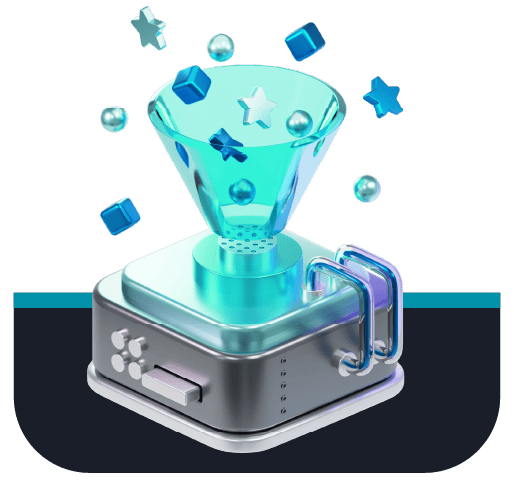
Step 1: Define Your Ideal Customer and Their Needs
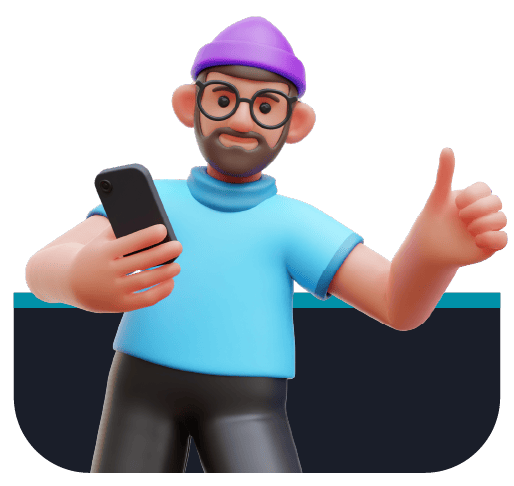
The first step in building an effective sales funnel is to clearly define your Ideal Customer Profile (ICP)—the key characteristics of companies that are the best fit for your solution (size, industry, and needs). In a specialized niche like technology, you cannot afford to target everyone. Instead, you must focus on the types of companies and individuals most likely to require and purchase your product or service.
Complement this with well-defined buyer personas, which represent the decision-makers within those companies. Ask yourself:
- What role does the buyer hold?
- What size is their company?
- What problems do they face that your product or service can solve?
- What do they value when choosing a technological solution?
A clear ICP and detailed buyer personas will enable you to create a precise and effective message. The more specific your customer profile is, the stronger your marketing strategy will be, allowing you to design a sales funnel tailored to address their unique challenges.
Step 2: Attract Leads with Valuable Content
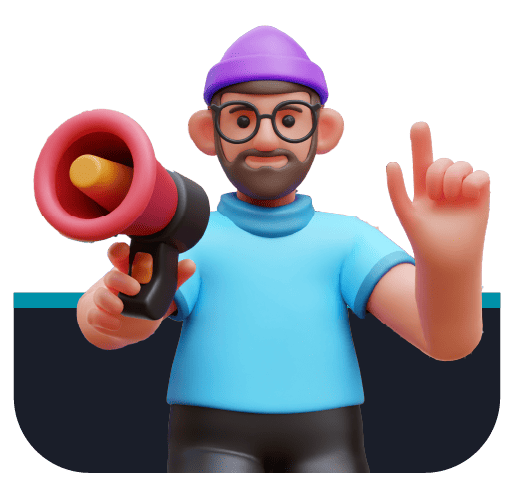
Once you know who you are targeting, the next step is to capture their attention. This is where the TOFU (Top of the Funnel) phase comes into play. Your goal is to drive traffic to your brand and generate interest, and the key lies in creating valuable content.
Tech companies make informed decisions, which means they seek education and value before committing to a solution. To capture their attention, you need content that answers their questions, solves their problems, and showcases your expertise. Here are some effective strategies:
- Informative Content: Publish blogs, infographics, and ebooks that address topics relevant to your audience. Providing valuable insights will establish your authority in the industry.
- Lead Magnets: Offer free resources, such as guides or templates, in exchange for the user’s contact information.
Be sure to include clear calls to action (CTAs) that guide your audience to the next step, such as subscribing to your newsletter or downloading your guide.
Step 3: Nurture Your Leads and Turn Them Into Real Opportunities
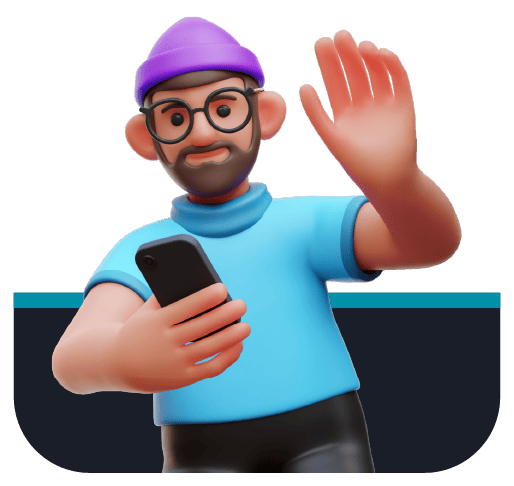
This is where the MOFU (Middle of the Funnel) stage begins. Capturing a lead’s attention does not mean they are ready to buy. In the tech sector, decision-making processes tend to be longer as buyers seek to validate your product or service before taking the next step.
Once you have captured leads, it is crucial to maintain their interest through personalized content and automated processes.
How to Nurture Leads:
- Email Sequences: Design automated email marketing campaigns that deliver valuable content and guide leads toward making a purchase.
- Additional Content: Provide materials that address the specific concerns and needs of your leads.
- Lead Scoring: Use a system to evaluate leads based on their level of interest and alignment with your offering. Criteria such as interactions with your content and time spent on your website can help you identify those closer to conversion.
For example: If a CTO downloads your guide on cybersecurity, your next step could be sending an email inviting them to a webinar on “How to Implement Advanced Security Solutions for Your Business.”
Step 4: Simplify Conversion with Trials and Demos
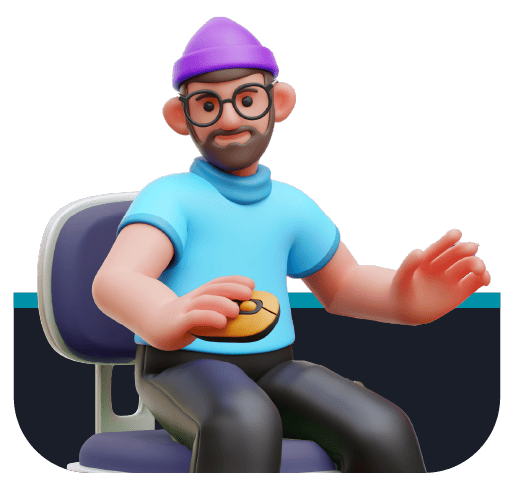
At this stage, we enter the BOFU (Bottom of the Funnel), where leads are close to making a decision but may still need a final nudge. This is the moment to simplify the purchasing process and address any lingering doubts.
The Most Effective Strategies at This Stage:
- Personalized Demos: Offer live demonstrations tailored to the specific needs of your potential customers.
- Free Trials: Allow leads to test your product for a limited time to experience its value firsthand.
Compelling Offers: Present irresistible proposals that highlight the unique benefits of your product or service. Reinforce credibility by including testimonials and success stories.
Step 5: Measure, Analyze, and Optimize Your Sales Funnel
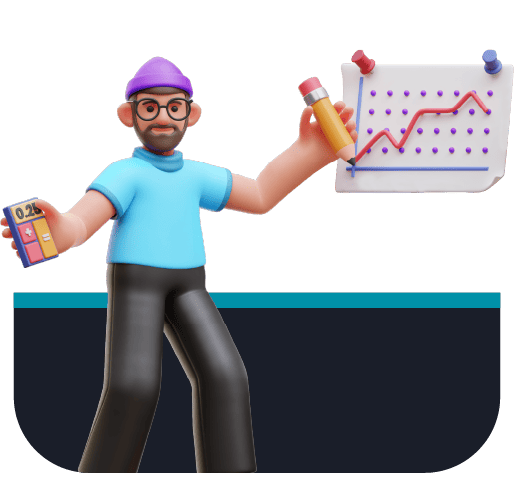
An effective sales funnel is not static; it requires continuous analysis to maximize performance. By tracking key metrics and making strategic adjustments, you can identify what works, what does not, and how to improve every stage of the process.
Key Metrics to Evaluate Your Funnel:
- Conversion Rate: Measure what percentage of leads progress through each stage of the funnel to pinpoint critical areas for improvement.
- Cost per Lead (CPL): Determine how much you are investing to capture each lead and its impact on your ROI.
- Sales Cycle: Analyze the average time it takes for a lead to convert into a customer, a vital metric in the tech sector, where buying processes are often longer.
- A/B Testing: Experiment with different messages, formats, or calls to action to identify which strategies yield the best results.
Tools and Strategies for Optimization:
- CRM (Customer Relationship Management): Use HubSpot to manage leads, automate processes, and analyze key funnel metrics. HubSpot’s platform centralizes marketing and sales, enabling you to optimize every interaction and drive higher conversion rates.
- Automation and Visual Analysis: Tools like ClickFunnels or Funnelytics are excellent for designing and managing funnels, allowing you to visualize the customer journey and refine your approach.
Post-Sale Follow-Up: After closing a deal, maintain an active relationship with your customers through surveys, educational content, or personalized promotions. This fosters loyalty and opens the door to new business opportunities.

In Summary:
A Sales Funnel That Converts in the Tech Sector
Building an effective sales funnel is crucial to achieving your goals, especially in the tech sector, where it requires a deep understanding of your customer, a well-defined strategy, and the ability to adapt to changing market needs. By following these steps—defining your ideal customer, creating valuable content, and optimizing each stage of the funnel—you can maximize your opportunities to capture qualified leads and convert them into loyal customers.
If you need assistance implementing these strategies or want to optimize your existing funnel, we are here to help. At Isource Marketing, we specialize in helping tech businesses achieve their commercial objectives through tailored and effective digital marketing solutions.


